Hazel Pests and Diseases: How to Identify and Treat Them
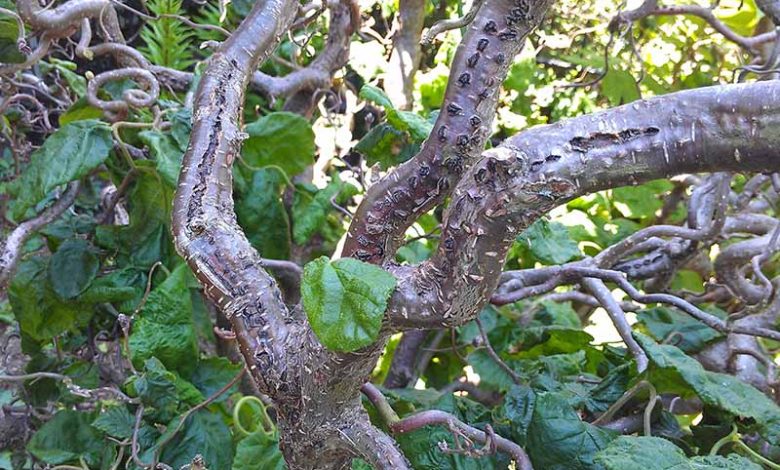
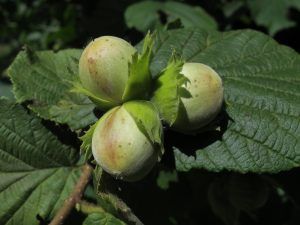 Is it possible that your hazel tree is attacked by pests and diseases? If possible.
Is it possible that your hazel tree is attacked by pests and diseases? If possible.
Is it possible that this attack destroys all the harvest and the effort of years to have your beautiful and vigorous specimen? No, if you act on time, no.
To act you need to be informed, to know what can attack this particular species, how to recognize the changes and what to do in each case.
And if we talk about information, we are specialists in everything related to the agricultural world and today we will tell you what you need to know about hazelnut pests and diseases. Go ahead!
hazel weevil
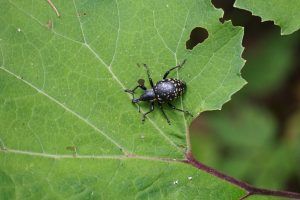 It is a more or less frequent pest in hazelnut crops, hence its name.
It is a more or less frequent pest in hazelnut crops, hence its name.
It is an insect that causes severe damage, both in its initial larval phase and in its adult stage.
In the first case, the larvae consume the inside of the hazelnuts, which causes the fruits to show a hole in the bark.
This is because the females usually lay their eggs inside the fruits, offering the ideal environment for hatching. The adults, for their part, produce deformations that can reduce the commercial potential of the fruits, causing them to fall off the plant prematurely.
If the activity of the weevils is not widespread, they can be eliminated by hitting the branches.This is an activity that should be done at dawn, placing a white cloth under the tree so that the insects fall into it.
Having them, you have to destroy them. If the attack is very large, it is necessary to act by means of chemical products.
bacterosis
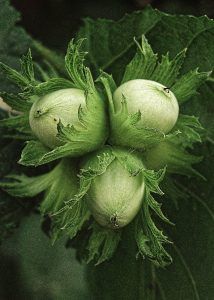 It is a disease caused by a fungus that usually causes damage to the entire aerial structure of the trees, although it rarely affects the seeds.
It is a disease caused by a fungus that usually causes damage to the entire aerial structure of the trees, although it rarely affects the seeds.
The attack is generated by the presence of a series of spots that occupy the structure of the branches, weakening them and causing them to break.
It can affect all the branches, but it usually starts the attack on the youngest shoots. It also produces effects on the leaves, as they begin to be noticed with a series of brown spots that consume them.
If the disease progresses a lot, the spots will reach the outside of the fruit. It is a disease that usually appears in environments that have high humidity and where the temperature is warm.
If the attack of the fungus is noticed in a specific part of the plant, the procedure will be to cut this part and protect the wound to avoid contamination.
It is also possible to work with fungicides that are suitable for this specific fungus, taking care to follow the instructions precisely.
root rot
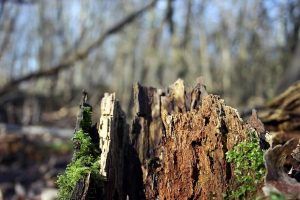 It is a disease that is usually caused by the action of a fungus that lodges at the base of the plant due to a high concentration of humidity.
It is a disease that is usually caused by the action of a fungus that lodges at the base of the plant due to a high concentration of humidity.
It is possible that the fungus has also managed to penetrate due to infestation of the soil, which was not properly cleaned before proceeding with the transplant.
When this disease arises, the hazel will begin to feel weak throughout its structure, especially in the neck and branches. The leaves will fall. If the tree is very damaged, all that remains is to remove it and clean the area thoroughly before proceeding with new crops.
The reason is that breaking with the damage caused is very difficult, since the symptoms generally begin to be noticed after the disease is very advanced.
borer
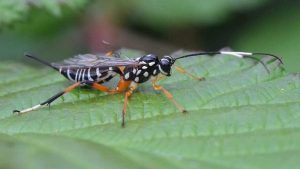 It is a parasitic-type insect that is especially interested in trees with a woody texture, such as the hazelnut.
It is a parasitic-type insect that is especially interested in trees with a woody texture, such as the hazelnut.
Although it is difficult to see with the naked eye because it hides behind the buds, it usually leaves the excrement scattered throughout the extension of the tree.
Their way of life is based on creating small galleries within the tree structure, including the trunk, thus weakening the structure. It can survive the winter because it maintains a long life cycle, up to three years to become an adult. In this phase it is more difficult to attack him.
To achieve a beneficial effect, it is essential that the situation is addressed in the flowering stage, between mid-spring and early summer. Thanks to early attention, it is possible to eliminate the caterpillars manually by inserting wires into the galleries created.
If there are badly affected branches, it is worth cutting them to avoid further damage and burning them to kill the caterpillars inside. Another appropriate strategy is to encourage the presence of predatory birds that consume the caterpillars.
spiders
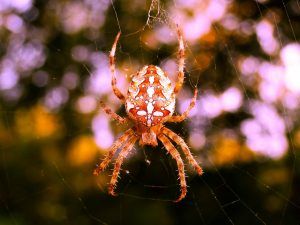 They are pests that appear frequently in many crops when the weather is dry and hot. In this case there are two types: yellow and red.
They are pests that appear frequently in many crops when the weather is dry and hot. In this case there are two types: yellow and red.
These consume their food from inside the plants, causing visible damage to the leaves, especially.
When attacked, they begin to discolor turning yellow and weak. As they cause wounds, they can give rise to fungi, viruses or bacteria, such as the producers of necrosis.
As the leaves are key to the execution of the photosynthesis process, the plant is deprived of advancing with this work, which affects growth and production.They usually live on the underside of leaves and are sometimes easily visible, so regular checkups are a good plan.
There are natural predators that can be introduced into the trees to stop the reproduction of the pest. It is also possible to take advantage of acaricides to control populations when they are in greater quantity.
To keep your plant healthy, it is not enough to just water or fertilize, you also need to ensure that it is free of pests and hazelnut diseases. And although it is not an easy task because it is living nature, it can be controlled if you take into account all the data that we have recorded in this post.
In the end, only with the proper knowledge is that you will be able to face any eventuality.
Bibliographic references
- Manual of technological guidelines for hazelnut production in Río Negro, JP Rolka, WA Ferracuti, DM Martin, Y di Nardo… – INTA EEA Valle Inferior…, 2014 – inta.gob.ar
- European Hazel Manual, PG Beretta – 2009 – 200.54.45.229
- Hazelnut cultivation in Italy: current situation and future prospects, C Silvestri, S Speranza, M Rovira… – Revista de…, 2018 – dialnet.unirioja.es
- The hazelnut tree in Asturias, A Campa, M Rovira – serida.org

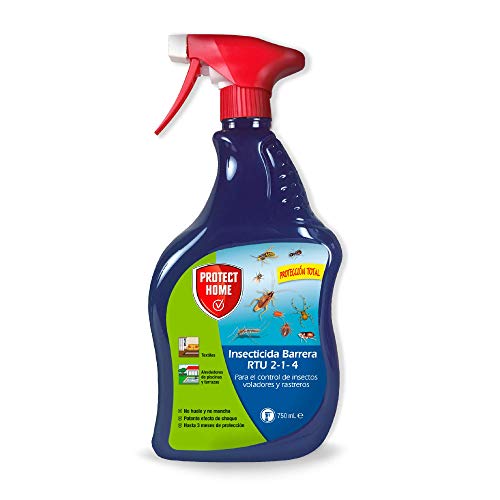

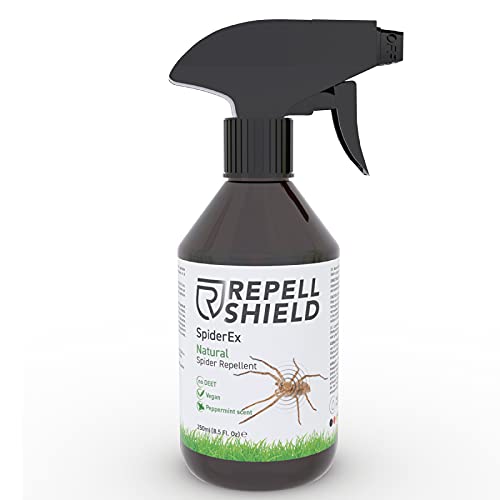
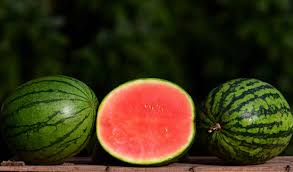
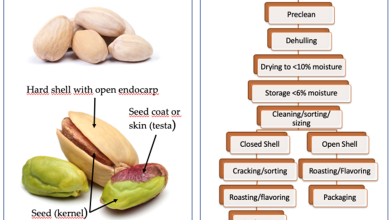
![Photo of How to Plant Macadamia Nut in [8 Steps + Images]](https://www.complete-gardening.com/wp-content/uploads/2022/08/how-to-plant-macadamia-nut-in-8-steps-images-390x220.jpg)
